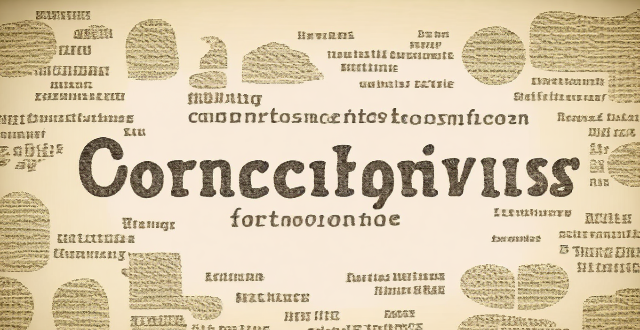The text provides a comprehensive overview of four effective methods for taking notes in class, namely the Cornell Method, Outlining Method, Mind Mapping Method, and Sentence Method. The Cornell Method involves dividing your paper into three sections to organize your notes, while the Outlining Method uses headings and subheadings to create a hierarchical structure. The Mind Mapping Method is a visual technique that involves creating a diagram of connected ideas, and the Sentence Method involves taking notes in complete sentences to better understand and retain information. Each method has its own unique steps and benefits, making it important for students to choose the one that works best for them.

Best Methods for Taking Notes in Class
Taking effective notes during class is a crucial skill for academic success. Here are some of the best methods for taking notes in class:
1. Cornell Method
The Cornell Method is a popular note-taking system that involves dividing your paper into three sections: a cue column, a main note area, and a summary area. This method helps you to organize your notes and make them easier to review later.
Steps:
1. Divide your paper into three sections: a 2-inch wide column on the left, a main note area in the middle, and a 4-inch wide column on the right.
2. Write down the topic or title at the top of the page.
3. Use the main note area to take detailed notes during class.
4. Use the cue column to write questions or keywords related to each section of notes.
5. After class, summarize your notes in the summary area at the bottom of the page.
2. Outlining Method
The Outlining Method involves organizing your notes into a hierarchical structure using headings and subheadings. This method helps you to see the big picture and understand how different concepts relate to each other.
Steps:
1. Start by writing down the main topic or idea at the top of the page.
2. Use Roman numerals to indicate major topics or ideas.
3. Use capital letters to indicate subtopics or subpoints under each major topic.
4. Use Arabic numerals to indicate specific details or examples under each subpoint.
5. Use bullet points or indentation to further organize your notes within each subpoint.
3. Mind Mapping Method
Mind mapping is a visual note-taking technique that involves creating a diagram of connected ideas and concepts. This method helps you to see connections between different topics and makes it easier to remember information.
Steps:
1. Start by writing down the main topic or idea in the center of your paper.
2. Draw branches from the main topic to represent subtopics or subpoints.
3. Use colors, symbols, or images to represent different ideas or concepts.
4. Connect related ideas with lines or arrows to show relationships between them.
5. Use short phrases or keywords instead of full sentences to save space and make your notes more concise.
4. Sentence Method
The Sentence Method involves taking notes in complete sentences rather than just listing facts or concepts. This method helps you to better understand and retain information by putting it into your own words.
Steps:
1. Start by writing down the main topic or idea at the top of the page.
2. Use complete sentences to summarize each point made by the teacher or lecturer.
3. Use proper grammar and punctuation to ensure clarity and readability.
4. Use abbreviations or symbols to save time and space when necessary.
5. Review your notes after class to fill in any gaps or clarify any confusions.